If you're struggling with arthritis pain, you might be looking for effective ways to manage it without relying solely on medication. You can explore several natural methods that not only target inflammation but also enhance your overall well-being. From adjusting your diet to engaging in specific physical activities, there are practical steps you can take. You may find that simple changes can lead to significant relief. Curious about what these methods entail and how they can fit into your routine? Let's uncover the best strategies together.
Anti-Inflammatory Diet
When it comes to managing arthritis pain, an anti-inflammatory diet can make a significant difference. By focusing on the right foods, you can help reduce inflammation in your body and alleviate discomfort.
Start by incorporating plenty of fruits and vegetables into your meals. These foods are packed with antioxidants, vitamins, and minerals that combat oxidative stress and inflammation. Leafy greens like spinach and kale, along with berries, are particularly beneficial.
Next, don't shy away from healthy fats. Olive oil, avocados, and nuts provide essential fatty acids that can lower inflammation levels. Fatty fish like salmon and sardines are also excellent choices, as they're rich in omega-3 fatty acids, known for their anti-inflammatory properties. Aim to include these in your diet a few times a week.
You should also limit processed foods, sugar, and refined carbohydrates. These items can trigger inflammation and exacerbate your arthritis symptoms. Instead, opt for whole grains, such as brown rice or quinoa, which offer fiber and nutrients without the inflammatory response.
Spices can be a powerful tool in your anti-inflammatory diet. Turmeric and ginger, in particular, have been shown to help reduce inflammation. Consider adding them to your cooking or enjoying them as teas.
Finally, staying hydrated is essential. Drinking plenty of water helps your body function effectively and can aid in reducing inflammation.
Regular Physical Activity
How can regular physical activity help ease arthritis pain? Engaging in consistent physical activity can greatly reduce discomfort and improve your overall mobility. When you move your joints through exercise, you increase blood flow, delivering vital nutrients and oxygen to your muscles and tissues. This process helps to maintain joint function and may even slow down the progression of arthritis.
You don't have to hit the gym or engage in high-impact workouts to reap the benefits. Activities like walking, swimming, and cycling are excellent choices that put minimal stress on your joints while keeping you active. Aim for at least 150 minutes of moderate aerobic exercise each week, breaking it down into manageable sessions that fit your schedule.
Stretching and flexibility exercises, such as yoga or tai chi, can also enhance your range of motion and help you feel more at ease. Incorporating strength training into your routine can further support joint health. Building muscle around your joints provides additional stability and protection, reducing the risk of injury.
It's crucial to listen to your body, though; start slowly and gradually increase the intensity and duration of your workouts as you feel more comfortable.
Hot and Cold Therapy
Incorporating hot and cold therapy into your routine can further enhance your management of arthritis pain. Both methods are simple, effective, and can considerably improve your comfort.
Hot therapy, like heating pads or warm baths, helps to relax muscles and increase blood flow to the affected areas. This increased circulation can reduce stiffness and improve flexibility. When you feel that nagging ache, try applying heat for 15 to 20 minutes.
Just be careful not to use it on swollen joints, as heat can exacerbate inflammation.
On the other hand, cold therapy is excellent for reducing swelling and numbing sharp pain. Ice packs or cold compresses can be applied to painful areas, providing relief by constricting blood vessels and reducing inflammation. Aim for 10 to 15 minutes of cold application, ensuring you protect your skin with a cloth to prevent frostbite.
You can alternate between hot and cold therapy for a more thorough approach. Start with heat to relax the muscles and then follow with cold to reduce any swelling.
Listening to your body is essential; if one method seems to worsen your pain, switch to the other.
Experimenting with both therapies can help you find the right balance for your needs. Remember, consistency is key, so make these therapies a regular part of your pain management strategy.
You might be surprised at how much relief you can achieve through such simple practices.
Herbal Remedies
Herbal remedies offer a natural approach to alleviating arthritis pain, providing an array of options that can complement your overall treatment plan. Many people turn to herbs and plants for their anti-inflammatory and analgesic properties.
Turmeric, for instance, contains curcumin, which has powerful anti-inflammatory effects. You can incorporate it into your diet by adding it to meals or taking it as a supplement.
Ginger is another excellent choice. It not only helps reduce inflammation but also may alleviate stiffness in your joints. You can enjoy ginger tea or add fresh ginger to your dishes for an extra kick.
Devil's claw is a lesser-known herb that has shown promise in reducing pain and improving mobility in those with arthritis. It's available in capsules or tinctures.
Willow bark is often referred to as nature's aspirin due to its salicin content, which can provide pain relief. However, be cautious and consult with a healthcare provider before using it, particularly if you're on blood-thinning medications.
Boswellia, or frankincense, is also worth considering. Studies have shown it can remarkably reduce pain and improve physical function. You might find it in capsules or topical creams.
Lastly, consider incorporating topical applications like arnica gel, which can be applied directly to the affected area for localized relief.
Always remember to consult with your healthcare provider before starting any herbal regimen, ensuring it aligns well with your overall treatment strategy. By exploring these herbal options, you can potentially enhance your arthritis management naturally.
Mindfulness and Relaxation Techniques
Practicing mindfulness and relaxation techniques can be a powerful way to manage arthritis pain. By focusing on the present moment and calming your mind, you can alleviate stress and tension that may worsen your symptoms.
These techniques don't just help with pain relief; they also improve your overall well-being. Here are some effective strategies you can try:
- Deep Breathing: Focus on your breath. Inhale deeply through your nose, hold for a few seconds, then exhale slowly through your mouth.
- Meditation: Set aside a few minutes each day to meditate. Find a quiet space, close your eyes, and concentrate on a calming thought or mantra.
- Progressive Muscle Relaxation: Tense and then relax each muscle group in your body, starting from your toes and working your way up to your head.
- Guided Imagery: Picture a peaceful scene or memory in your mind. This can help distract you from pain and create a sense of calm.
- Yoga or Tai Chi: These gentle movements promote flexibility and relaxation, making them great options for managing arthritis pain.
Incorporating these practices into your daily routine can create a positive shift in your mindset and physical condition.
Conclusion
By embracing these natural methods, you can effectively relieve arthritis pain and improve your overall well-being. Focus on an anti-inflammatory diet, stay active with low-impact exercises, and use hot and cold therapy for pain management. Don't forget to explore herbal remedies like turmeric and ginger, and practice mindfulness techniques to reduce stress. With consistent effort, you can enhance your quality of life and find relief from arthritis symptoms. Start your journey to a more comfortable life today!



